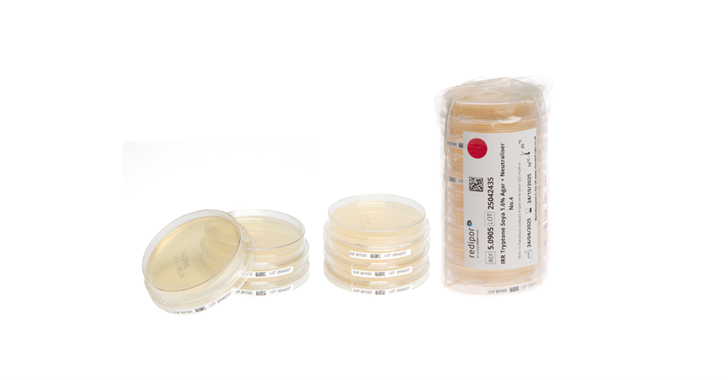Other common names
This product is widely known under the name Sabouraud Dextrose Agar, although it can be referred to as Sabouraud Glucose Agar or just Sabouraud Agar.
Primary Use
Sabouraud Dextrose Agar (SDA) is used for the isolation, cultivation, and maintenance of species of fungi and yeasts. Its low pH helps with the growth of dermatophytes and helps inhibit some bacterial growth.
Non irradiated SDA plates can also be supplemented with chloramphenicol to help inhibit growth of bacteria
Technical characteristics
This acidic medium has a simple formulation but with a high content of sugars.
| Typical formulation: | g/ltr |
| Mycological Peptone | 10.0 |
| Glucose (Dextrose) | 40.0 |
| Agar | 15.0 |
Fresh pH 5.6±0.2
Irradiated contact plates pH 5.2
Irradiated 9cm plates ph 5.0
Applications
Historically, the main application for SDA was as a non-selective isolation medium for the growth and maintenance of pathogenic and non-pathogenic fungi from clinical and nonclinical specimens.
It became increasingly popular for environmental monitoring within the pharmaceutical industry for total counting of yeasts and moulds, and is generally used to supplement the use of TSA.
Related reading:
Appearance
The prepared media is pale straw to straw in colour with a slightly opaque appearance.
Related reading:
- Pharmig best practices in environmental monitoring conference
- How to store prepared media plates
- Why do my EM settle plates split?
Organisms & morphology
Sabouraud Dextrose Agar is primarily used to cultivate and or isolate dermatophytes and other types of fungi. A typical set of control organisms and the phenotypic identification associated with these are listed in the table below.
|
Morphology |
|||
|
Fungal |
Edge |
Shape |
Colour |
|
Candida albicans |
Smooth |
Regular |
Cream |
|
Aspergillus brasiliensis |
Irregular |
Irregular |
White to black |
Typical incubation parameters
As SDA is a non-selective medium for yeasts and fungi, it requires lower incubation temperatures for a longer period. In environmental monitoring applications it is common for plates to be incubated at 20-25º for 5 days for mould and fungi.
Regulatory references
SDA is a Harmonised Pharmacopoeia medium and as such is mentioned in the BP/EP/JP, as well as the US Pharmacopoeia.
|
EP Chapter Ref 2.6.12 Microbial examination of non-sterile products: Microbial enumeration tests |
|||
|
Recommended Culture Media |
Property |
Micro-organisms |
Incubation Time & Temp |
|
Sabouraud Dextrose Agar |
Growth promotion |
Candida albicans |
20-25ºC for < 5 days |
Download PDF version
More information on our products
Does Plate Choice Change Sampling Accuracy?
Comparative Analysis of Petri Dish Variation in Flow Rate for Air Sampling. This extended report aims to further investigate the variations in flow rate observed in petri dishes used for air sampling, focusing on the potential factors contributing to these fluctuations.






